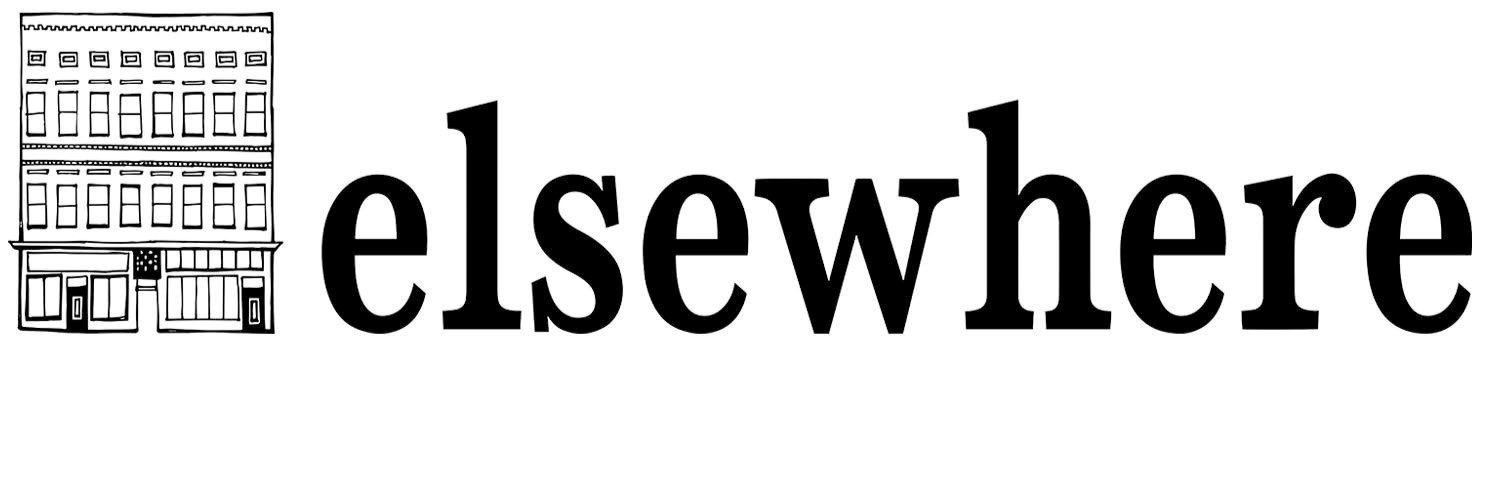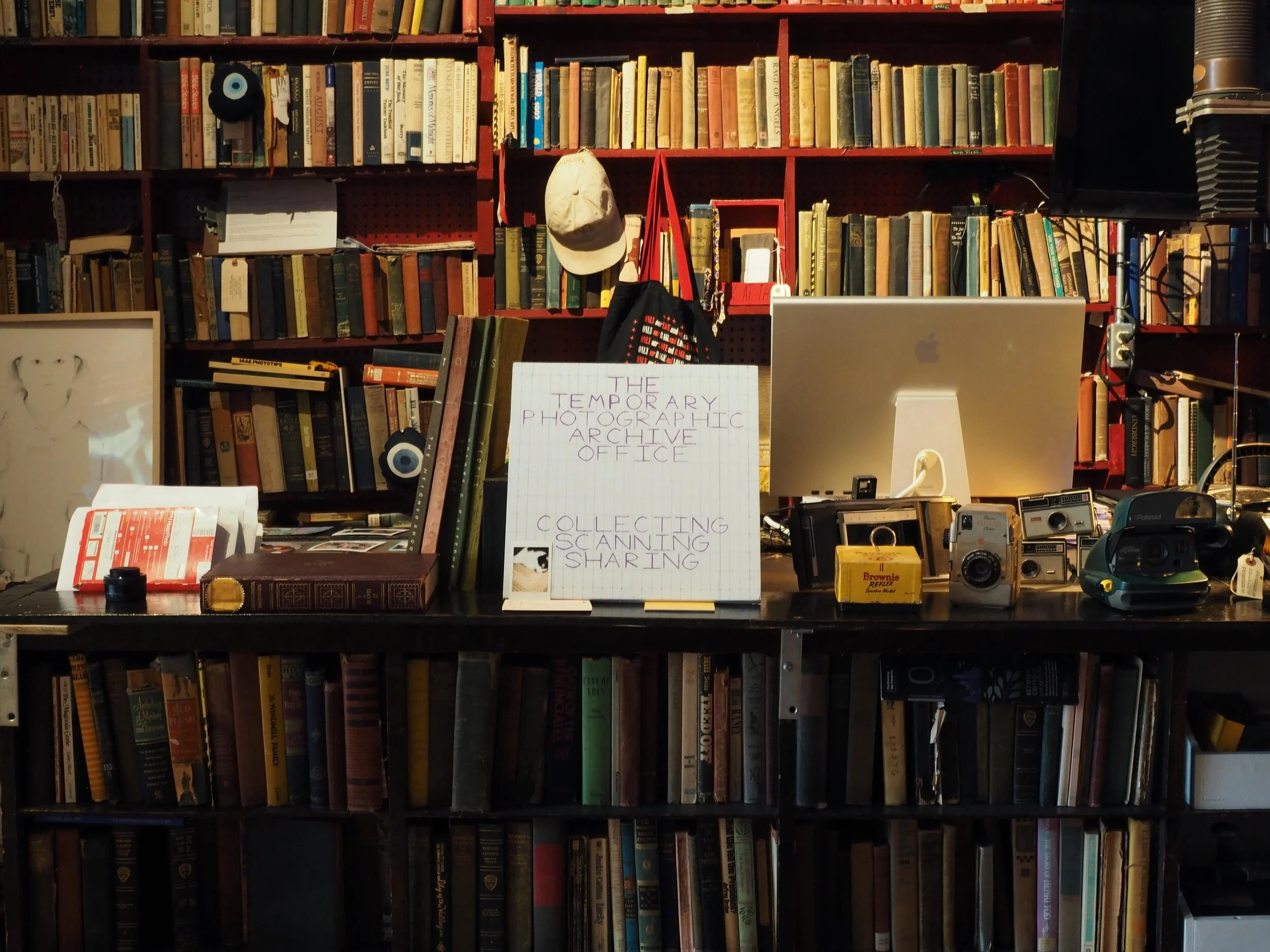Projects
Elsewhere hosts 50+ new projects a year: from artworks to research, from events to extravaganzas, from residency works to collaborative upfits.
Stained-Glass Storage | David Alpert
David Alpert (Kansas City, MO) | Exchange (Kansas City) | August 2021
Stained-Glass Storage furthers the aestheticization of Elsewhere Museum’s former thrift store products through visually focused storage. Artist—David Alpert—built wood shelves across one of two kitchen windows. He collected and organized stained-glass objects from the Museum onto these shelves, mimicking a stained-glass window. The majority of former thrift store objects at Elsewhere live out-of-reach from museum visitors. In essence, Elsewhere transforms these functional ephemera into aesthetic compositions. Stained-Glass Storage brings this object-use shift clearly into focus. Alpert flips jars, stacks ashtrays on plates, and balances bottles into vases. Traditionally, these items would either be used for initially intended purposes or stored for optimal space efficiency. Alpert reinterprets these domestic objects as purely sculptural, at least for a moment. Because the stained-glass items are placed instead of attached, they can be rearranged to create countless compositions. In fact, Alpert regularly pulled out the step ladder and reorganized Stained-Glass Storage throughout his fellowship, often times with the direction of the other artists who happened to be in the kitchen. In this way, Stained-Glass Storage progresses Elsewhere’s curation of out-of-use goods, inviting ongoing collaboration and enhanced visibility.
Temporary Photographic Archive Office | David Alpert
The Temporary Photographic Archive Office (TPAO) proposes new archival methods for the Elsewhere Museum. The TPAO collects, scans, and shares photographic ephemera from the Elsewhere library—Polaroids, postcards, 4x6” prints, etc. By caring for these objects through digitization, archiving, and dissemination, the TPAO justifies more permanent, interactive methods of conservation for the Museum (permanence being a relative term). At the surface, the TPAO scanned, organized, and digitally shared photographic prints. On a deeper level, the TPAO chose to subvert the Museum’s pre-existing curatorial philosophy. This is to say that the Museum has previously taken an ambivalent approach to their collection, simultaneously enforcing strict rules regarding the former thrift store objects while allowing artist creations to degrade. The TPAO shifts that focus from out-of-circulation consumer products to human interactions—both human-to-human and human-to-object. The TPAO revises the Elsewhere story or rather reinterprets their history as people-centric.


